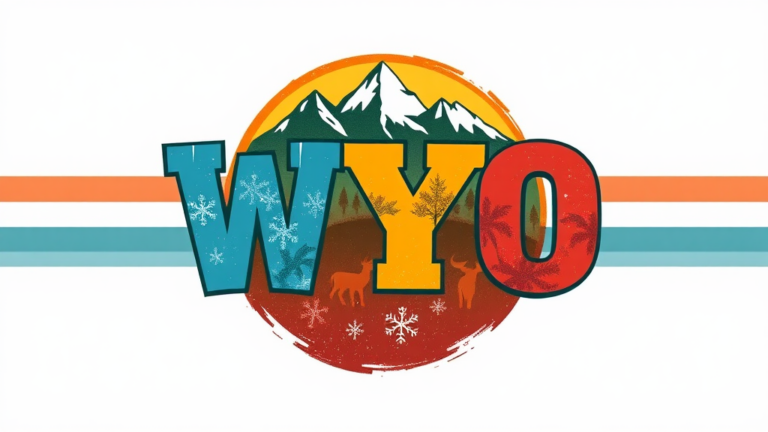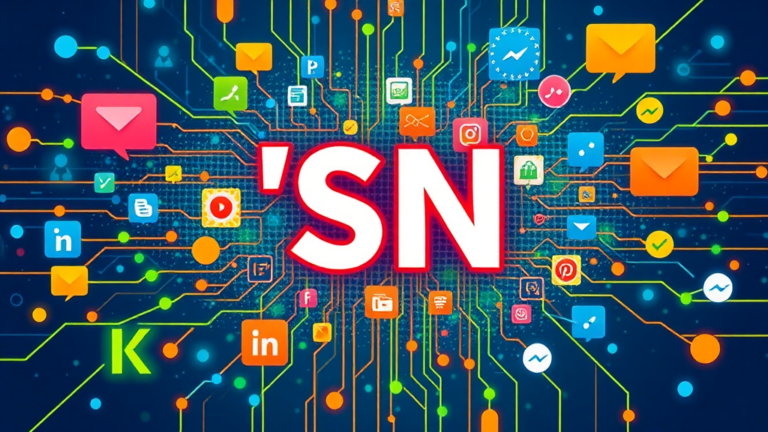WYLL Meaning: “What You Look Like” in Digital Communication
In today’s digital age, acronyms have become a staple of online communication, serving as shorthand for longer phrases and making conversations more efficient.
One such acronym gaining popularity is WYLL, which stands for “What You Look Like.” This article explores the origins, usage, cultural implications, and social dynamics of WYLL across various platforms like Snapchat, TikTok, and Instagram.
Also Read: SN Meaning
What Does WYLL Mean?
WYLL is an abbreviation used to inquire about someone’s physical appearance. It is often employed in contexts where individuals have not met face-to-face and are curious about each other’s looks. This term is especially prevalent in online dating, social media interactions, and casual texting.

Origin and Context
The use of WYLL can be traced back to the rise of social media platforms and messaging apps that encourage quick and concise communication. While the exact origin is unclear, it has become widely used among younger generations who frequently engage in online interactions.
Usage Scenarios
WYLL is utilized in various contexts, each with its own nuances:
- Online Dating: Users often ask WYLL to gauge physical attraction before meeting in person.
- Social Media Platforms: On Snapchat or Instagram, WYLL might prompt users to share a selfie or a recent photo.
- Text Messaging: In casual conversations, it serves as a way to satisfy curiosity about someone’s appearance.
Examples of WYLL Usage
Here are some examples illustrating how WYLL is used in everyday digital communication:
- “We’ve been chatting for a while now, so I have to ask, WYLL?”
- “You seem cool. WYLL? Send a picture.”
- “After months of texting, I still don’t know WYLL.”
How to Respond to WYLL
When someone asks you “WYLL,” they typically expect a photo or description. However, your response should depend on your comfort level and the nature of your relationship with the other person.
Possible Responses
- Sharing a Photo: If comfortable, you can send a recent picture or share your social media profile where photos are available.
- Describing Yourself: Provide a brief description if you prefer not to share images.
- Declining Politely: Expressing discomfort in sharing personal images is perfectly acceptable.
Table of Common Responses
| User Intent | Example Response | Platform |
|---|---|---|
| Casual Inquiry | “Just chilling at home, WYLL?” | Text Message |
| Flirty Suggestion | “Here’s a recent pic of me! 😊” | Snapchat |
| Curiosity About Appearance | “I’m not quite comfortable sharing…” | General |
Cultural and Social Implications
The use of WYLL reflects broader social dynamics and cultural norms in digital communication:
- Privacy Concerns: Sharing personal images online can raise privacy issues. It’s essential to consider the potential risks before sending photos[1].
- Social Norms: The expectation to share one’s appearance highlights the visual-centric nature of modern social interactions[2].
- Gender Dynamics: There may be different expectations based on gender when responding to WYLL requests.
Why Do People Use WYLL?
Understanding why people use WYLL can offer insights into its role in digital communication:
- Curiosity and Connection: People naturally want to connect with others visually when forming new relationships online.
- Building Trust: Sharing images can help build trust and rapport between individuals who haven’t met in person.
- Social Validation: In some cases, sharing photos may be seen as a way to seek peer validation or approval.
Conclusion
WYLL is more than just an acronym; it reflects how we communicate and connect in the digital age. While it serves as a tool for curiosity and connection, it’s crucial to use it responsibly, considering privacy and social implications. As we continue navigating online interactions, being mindful of how we communicate can enhance our relationships and foster meaningful connections.
By understanding acronyms like WYLL and their appropriate usage, we can better engage with others in our increasingly digital world. Whether you’re responding to a WYLL request or using it yourself, always prioritize your comfort and safety in every interaction.




